Home>Storage & Organization>Closet & Wardrobe Organization>How To Organize A Storage Unit
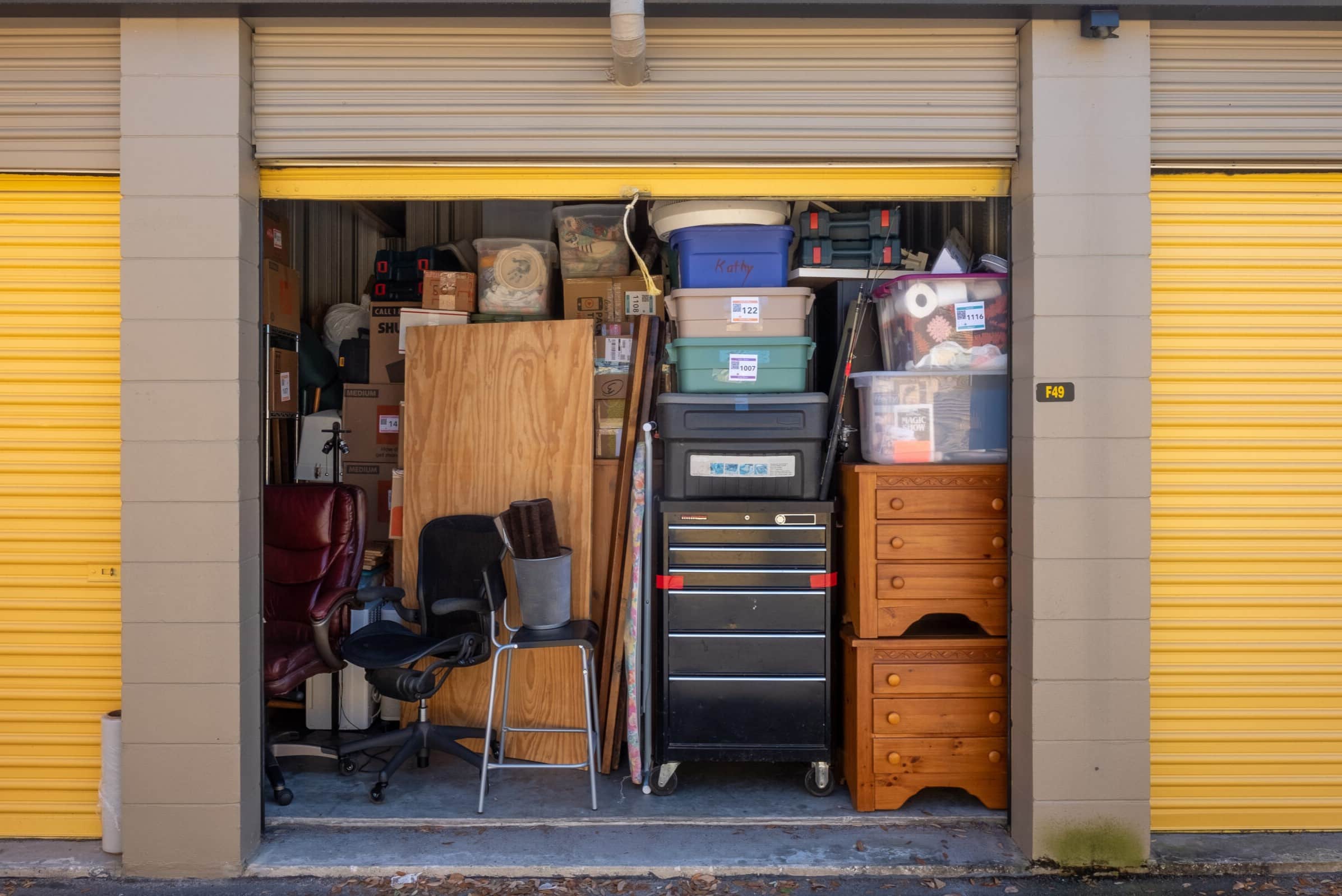

Closet & Wardrobe Organization
How To Organize A Storage Unit
Published: March 2, 2024
Learn how to efficiently organize your storage unit with our expert tips for closet and wardrobe organization. Maximize space and declutter with our helpful advice.
(Many of the links in this article redirect to a specific reviewed product. Your purchase of these products through affiliate links helps to generate commission for Storables.com, at no extra cost. Learn more)
Benefits of Organizing a Storage Unit
Organizing a storage unit offers numerous benefits that can make your life easier and more efficient. Here are some of the key advantages of keeping your storage unit well-organized:
-
Easy Access: When your storage unit is organized, you can easily find the items you need without having to rummage through boxes and piles of stuff. This saves time and frustration, especially when you're in a hurry.
-
Maximized Space: By organizing your storage unit, you can make the most of the available space. This means you can store more items without the unit becoming cluttered and chaotic.
-
Protection of Belongings: Proper organization helps protect your belongings from damage. When items are stored neatly and securely, they are less likely to get broken, scratched, or otherwise damaged.
-
Stress Reduction: A well-organized storage unit can reduce stress and anxiety. Knowing exactly where your items are located and being able to access them easily can provide peace of mind.
-
Cost Savings: When you can easily find the items you need, you're less likely to buy duplicates of things you already own. This can save you money in the long run.
-
Improved Safety: An organized storage unit is safer to navigate. You can avoid tripping over clutter or having heavy items fall on you when everything is properly stored and labeled.
-
Aesthetics: An organized storage unit looks better and feels more inviting. Instead of being a chaotic mess, your storage space can be a tidy and pleasant area to visit.
By taking the time to organize your storage unit, you can enjoy these benefits and more. It's a worthwhile investment of time and effort that can make a significant difference in your life.
Key Takeaways:
- Keep your storage unit organized to save time, reduce stress, and protect your belongings. It also helps you maximize space and avoid buying duplicates, ultimately saving you money.
- Declutter and sort your items, invest in the right storage containers, and maximize space to create an efficient and well-organized storage unit. Regular maintenance is key to keeping it organized.
Steps to Declutter and Sort Items
-
Assess Your Inventory: Begin by taking stock of everything in your storage unit. Sort through each item and decide whether it is worth keeping, donating, selling, or discarding. This initial step will help you declutter and create more space for the items you truly need.
-
Categorize Your Belongings: Once you've assessed your inventory, categorize the items into groups such as seasonal decorations, household items, sentimental keepsakes, and so on. This will make it easier to organize and locate specific items when needed.
-
Set Aside Unwanted Items: As you categorize your belongings, set aside items that you no longer need or use. Consider donating or selling these items to clear out space and reduce clutter in your storage unit.
-
Invest in Storage Solutions: Purchase storage containers, bins, shelves, and other organizational tools to help keep your belongings neatly arranged. Clear, stackable containers are ideal for maximizing space and keeping items visible.
-
Utilize Vertical Space: Make use of vertical space by installing shelves or racks to store items off the floor. This not only maximizes space but also makes it easier to access and identify specific items.
-
Create a Sorting System: Establish a system for sorting and arranging your belongings within the storage unit. For example, place frequently used items within easy reach and seasonal items towards the back.
-
Label Everything: Label each storage container or box with its contents to facilitate easy identification. This simple step can save you time and effort when searching for specific items in the future.
-
Regular Maintenance: Once you've decluttered and sorted your items, make it a habit to regularly revisit and reorganize your storage unit. This will help prevent clutter from building up again and maintain an organized space.
By following these steps, you can effectively declutter and sort your items, creating a well-organized and efficient storage unit.
Choosing the Right Storage Containers
When it comes to organizing a storage unit, selecting the right storage containers is crucial for keeping your belongings safe, secure, and easily accessible. Here are some key factors to consider when choosing the right storage containers:
-
Size and Capacity: Assess the size and quantity of items you need to store to determine the appropriate container size and capacity. Opt for containers that can accommodate your items without wasted space.
-
Durability: Look for storage containers made of durable materials such as plastic or heavy-duty cardboard. The containers should be able to withstand stacking and protect your items from dust, moisture, and pests.
-
Transparency: Clear, transparent containers are ideal for storage units as they allow you to see the contents without having to open each container. This makes it easier to locate specific items without rummaging through multiple boxes.
-
Stackability: Choose containers that are designed to stack securely. Stackable containers help maximize vertical space in the storage unit and keep the area organized.
-
Portability: If you anticipate needing to access your items frequently, consider storage containers with handles for easy transport. This feature makes it convenient to move containers in and out of the storage unit as needed.
-
Weather Resistance: If your storage unit is not climate-controlled, opt for containers that offer some level of weather resistance. This will help protect your belongings from extreme temperatures and humidity.
-
Specialized Containers: For specific items such as clothing, documents, or fragile items, consider using specialized containers designed for these purposes. For example, garment bags, file boxes, and cushioned containers can provide added protection for specific types of items.
-
Airtight Seals: For items that are sensitive to moisture or pests, look for containers with airtight seals. These seals help create a protective barrier, keeping the contents safe and secure.
By considering these factors, you can choose the right storage containers that best suit your needs and contribute to an organized and efficient storage unit.
Use clear plastic bins to store items in your storage unit. This makes it easy to see what’s inside and keeps everything organized. Label the bins for even easier access.
Maximizing Space in a Storage Unit
Maximizing space in a storage unit is essential for efficient organization and storage of belongings. Here are some effective strategies to make the most of the available space:
-
Vertical Storage: Utilize the vertical space in the storage unit by installing sturdy shelving units. This allows you to store items off the floor, creating more room for additional containers and boxes. Be sure to secure the shelves properly to prevent accidents.
-
Stackable Containers: Opt for stackable storage containers that can be neatly piled on top of each other. This not only saves floor space but also makes it easier to access specific items without having to move multiple containers.
-
Overhead Storage: If the storage unit has a high ceiling, consider installing overhead storage racks. These racks are ideal for storing items that are not frequently accessed, such as seasonal decorations or bulky items.
-
Under-Utilized Spaces: Make use of under-utilized spaces such as the backs of doors or the area above cabinets. Hanging organizers, hooks, or racks can be used to store smaller items, maximizing every inch of available space.
-
Compact Furniture: If the storage unit allows, consider adding compact furniture such as shelves, cabinets, or drawers. These pieces of furniture can provide additional storage space while keeping the unit organized and visually appealing.
-
Vacuum-Sealed Bags: For clothing, bedding, or other soft items, consider using vacuum-sealed storage bags. These bags compress the contents, reducing the amount of space they occupy and making them easier to store in the unit.
-
Utilize Nooks and Crannies: Take advantage of any nooks and crannies within the storage unit. Small items or infrequently used belongings can be tucked into these spaces to free up more prominent areas for essential items.
By implementing these space-maximizing strategies, you can make the most of the available storage space and create a well-organized and efficient storage unit.
Labeling and Inventory Systems
Proper labeling and inventory systems are essential components of an organized storage unit. Implementing effective labeling and inventory systems can significantly streamline the process of locating specific items and maintaining order within the unit. Here are some key strategies for creating an efficient labeling and inventory system:
-
Consistent Labeling: Use a consistent labeling method for all storage containers and boxes. This can include labeling with a permanent marker, adhesive labels, or printed labels. Consistency in labeling makes it easier to identify items at a glance.
-
Clear and Legible: Ensure that labels are clear and legible. Use large, easy-to-read fonts and consider using color-coded labels for different categories of items. This visual distinction can simplify the process of locating specific items.
-
Detailed Descriptions: Include detailed descriptions on the labels to indicate the contents of each container. This can be as specific as listing individual items or providing a general overview of the contents. The more detailed the description, the easier it is to find what you need.
-
Location Markers: In addition to labeling individual containers, consider using location markers within the storage unit. This can involve labeling specific shelves, sections, or zones to indicate where certain categories of items are located.
-
Inventory Lists: Create an inventory list of all items stored in the unit. This can be a digital document, a spreadsheet, or a physical inventory log. Update the inventory list regularly to reflect any changes in the contents of the storage unit.
-
Barcode or QR Code Systems: For larger storage units or extensive inventories, consider implementing a barcode or QR code system. Each item and container can be assigned a unique code that corresponds to a digital database, allowing for quick and efficient item tracking.
-
Digital Tracking Apps: Utilize digital tracking apps designed for inventory management. These apps can streamline the process of cataloging items, generating inventory reports, and facilitating easy item retrieval.
-
Maintenance of Systems: Regularly maintain and update the labeling and inventory systems. As items are added or removed from the storage unit, ensure that the corresponding labels and inventory records are updated accordingly.
By implementing these labeling and inventory systems, you can create a well-organized and easily navigable storage unit, making it simple to locate and manage your belongings.
Maintaining an Organized Storage Unit
Maintaining an organized storage unit is essential for preserving the efficiency and functionality of the space. Once you have invested the time and effort into decluttering, sorting, and organizing your belongings, it's important to establish a maintenance routine to ensure that the storage unit remains orderly and accessible. Here are some key strategies for maintaining an organized storage unit:
-
Regular Inspections: Schedule regular inspections of the storage unit to assess the current organization and identify any areas that may need attention. This can involve a quick visual scan to ensure that items are properly stored and labeled.
-
Addressing Clutter: If you notice any signs of clutter starting to accumulate, take immediate action to address it. This may involve reorganizing items, decluttering unnecessary belongings, and ensuring that everything is returned to its designated place.
-
Revisiting Organization: Periodically revisit the organization of the storage unit to assess its effectiveness. As your storage needs may evolve over time, it's important to adjust the organization to accommodate any changes in the items being stored.
-
Updating Inventory: Regularly update the inventory list or tracking system to reflect any additions or removals of items from the storage unit. This ensures that the inventory remains accurate and up-to-date.
-
Maintenance of Labels: Check the labels on storage containers and boxes to ensure that they remain clear, legible, and accurate. If any labels have become damaged or faded, replace them promptly to maintain easy item identification.
-
Preventing Clutter Build-Up: Implement measures to prevent clutter from building up in the storage unit. Encourage a "one in, one out" policy, where for every new item added, an old or unnecessary item is removed to maintain a balanced inventory.
-
Regular Cleaning: Schedule regular cleaning sessions for the storage unit to remove dust, debris, and any potential pests. Keeping the space clean and well-maintained contributes to the overall organization and preservation of stored items.
-
Security Measures: Ensure that security measures such as locks, alarms, and surveillance systems are functioning properly to protect the contents of the storage unit. Regularly inspect these security features to maintain their effectiveness.
By incorporating these maintenance strategies into your storage unit management routine, you can uphold the organization and functionality of the space, ensuring that it continues to serve as an efficient and accessible storage solution for your belongings.
Frequently Asked Questions about How To Organize A Storage Unit
Was this page helpful?
At Storables.com, we guarantee accurate and reliable information. Our content, validated by Expert Board Contributors, is crafted following stringent Editorial Policies. We're committed to providing you with well-researched, expert-backed insights for all your informational needs.
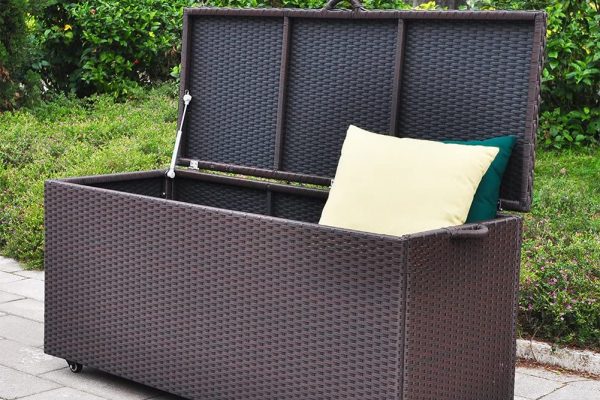
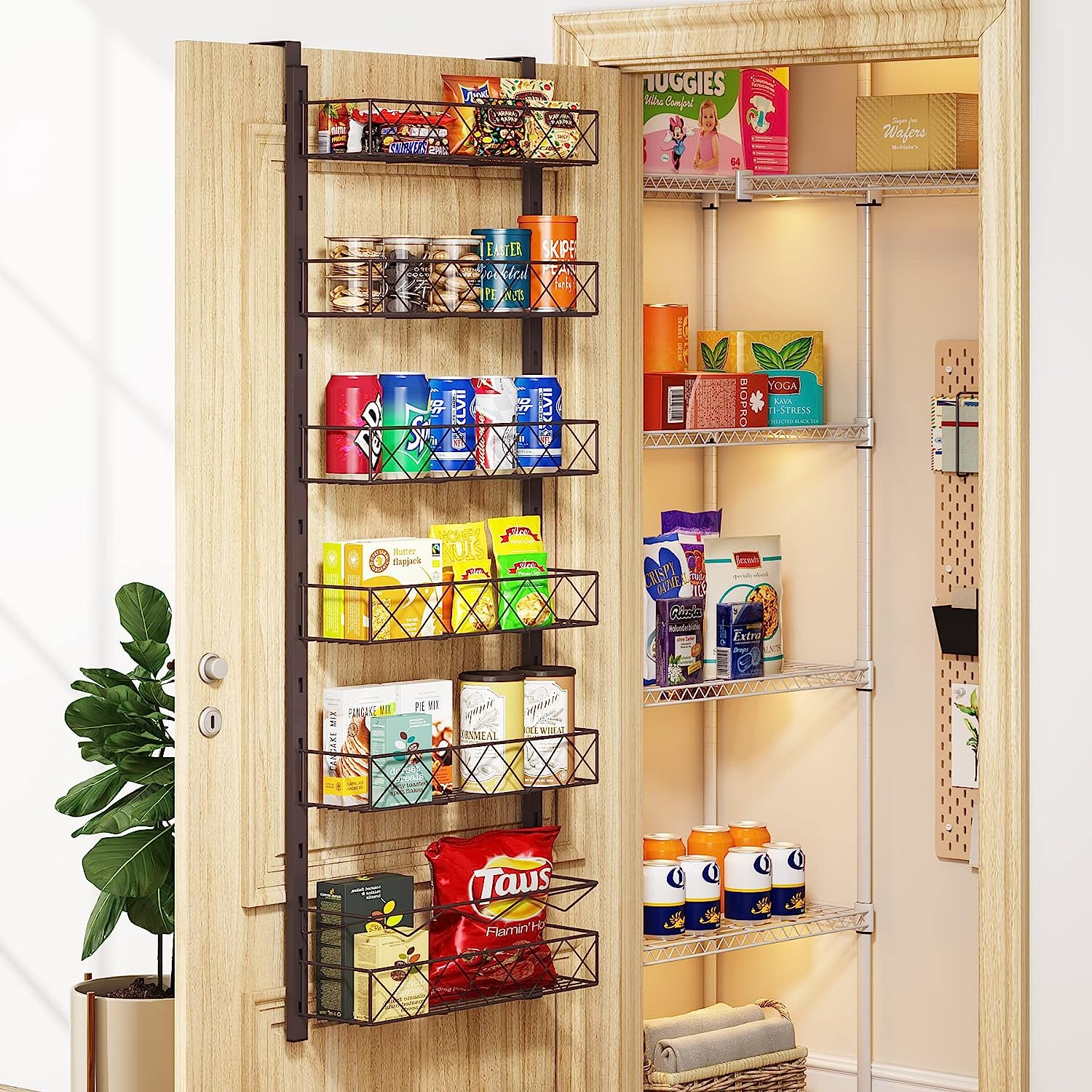
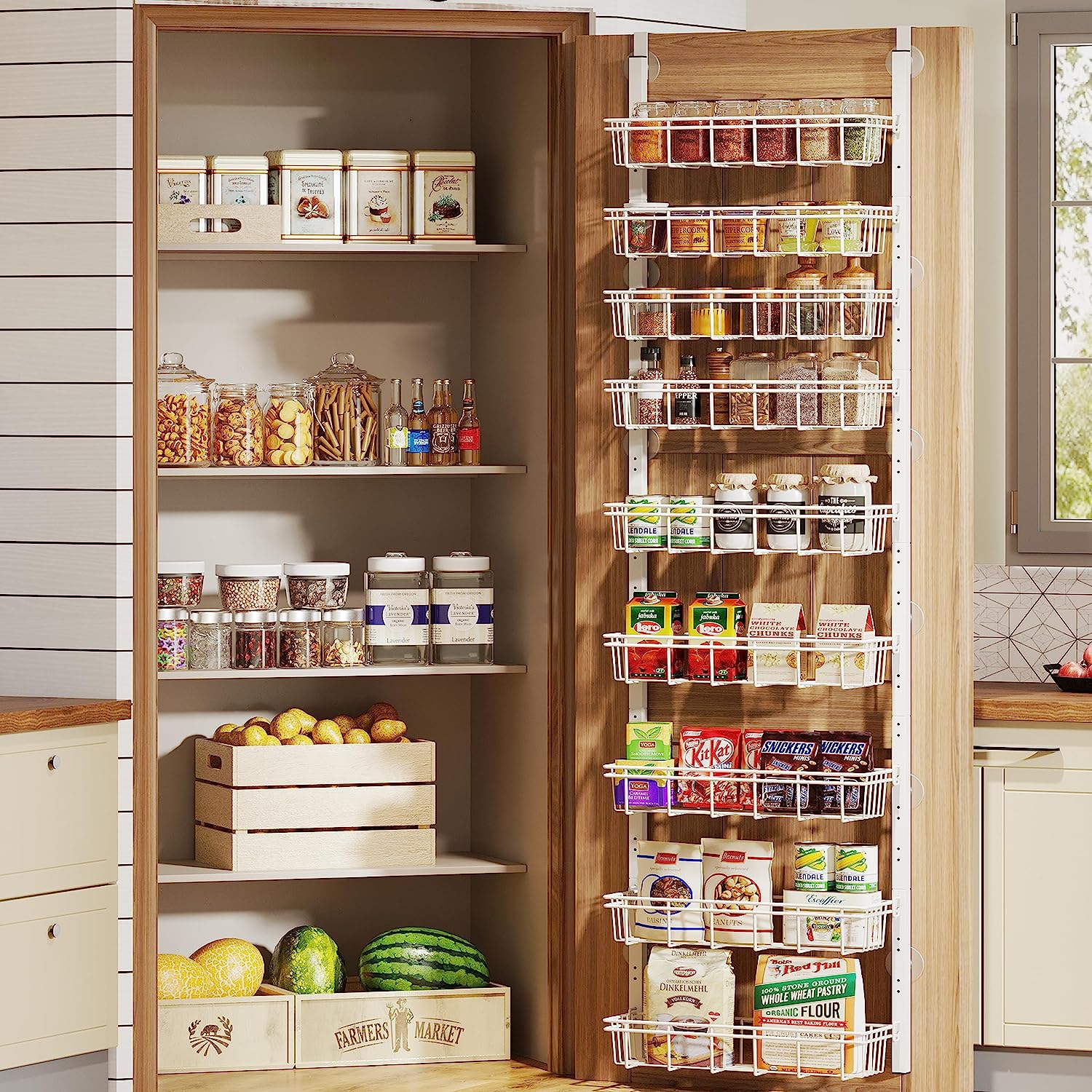
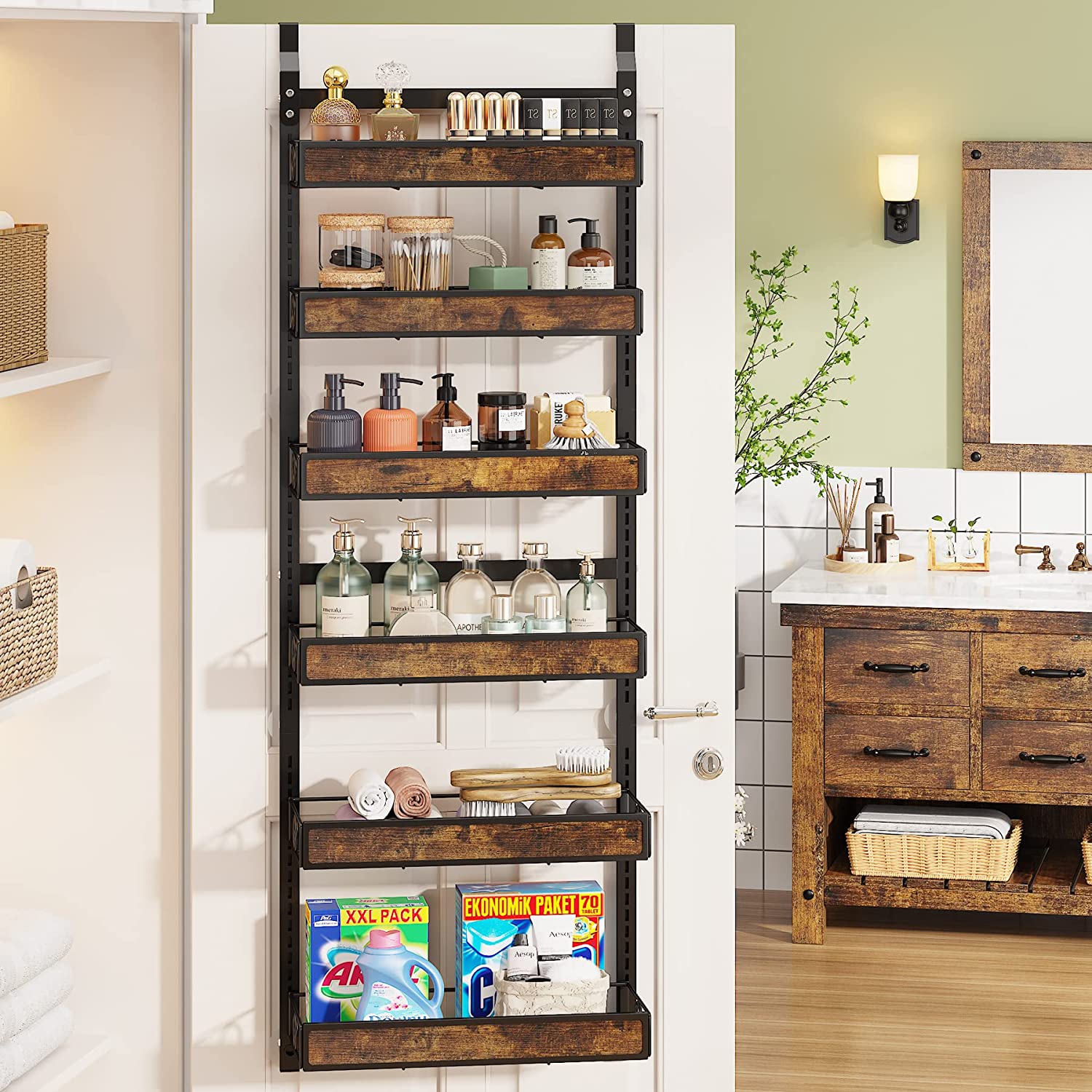

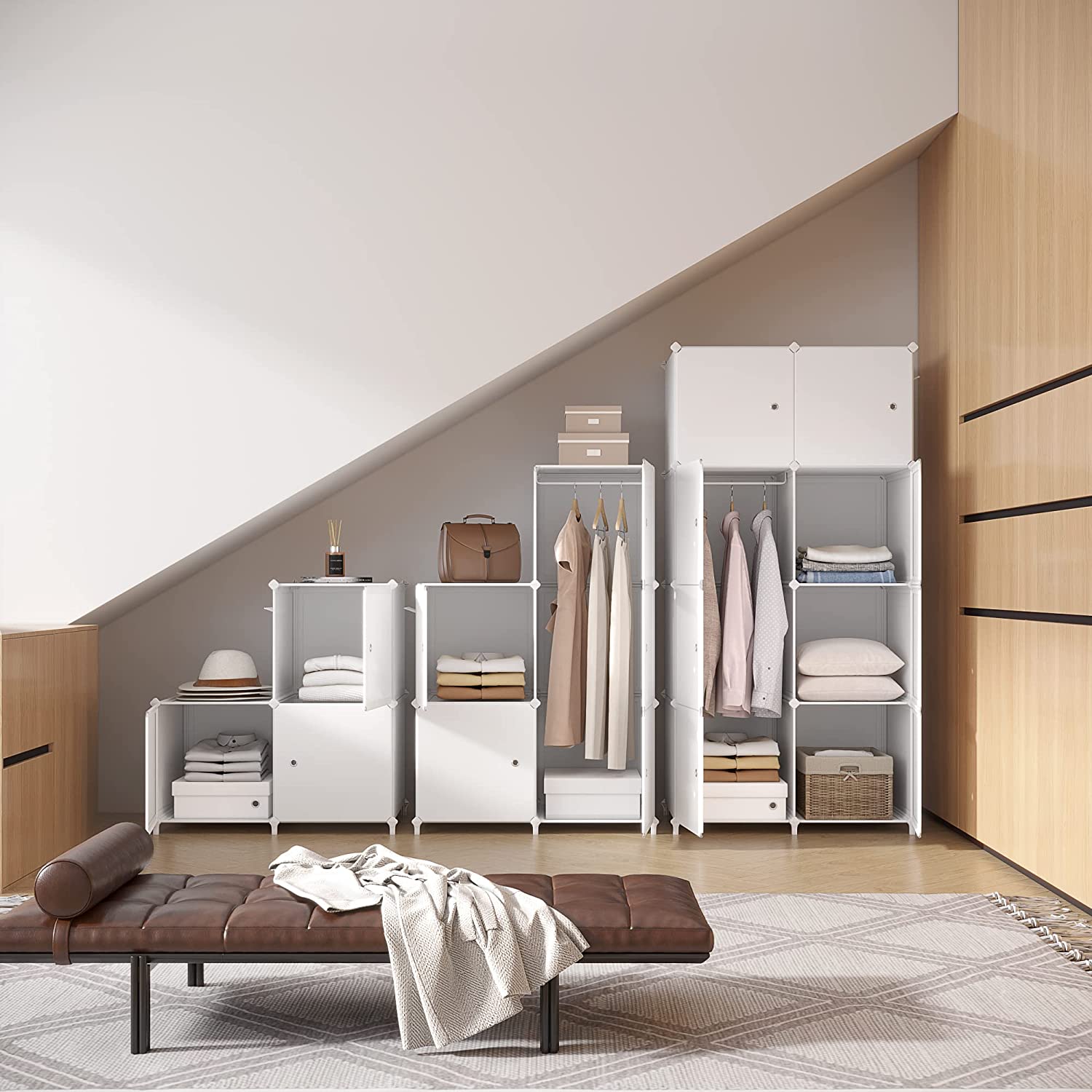
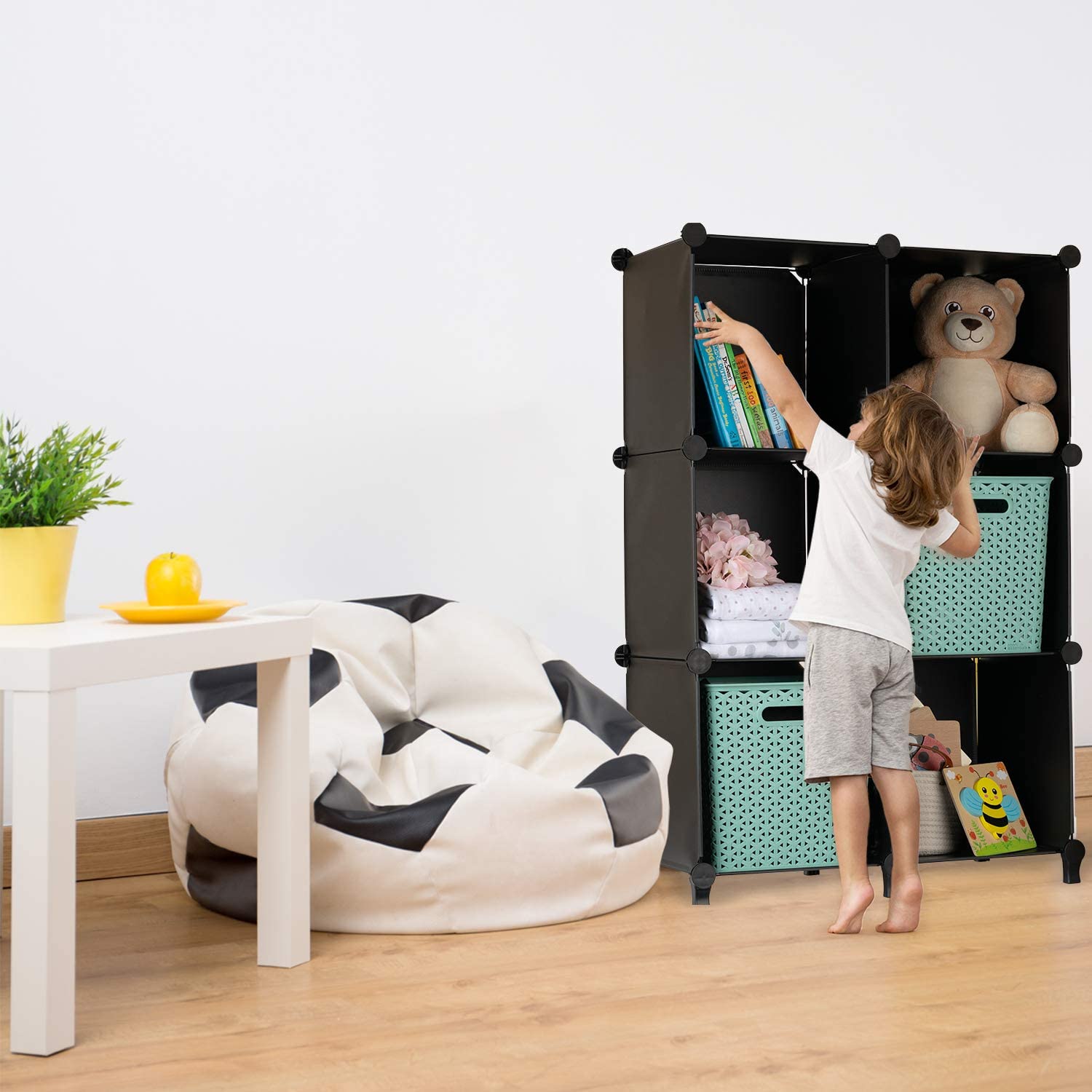
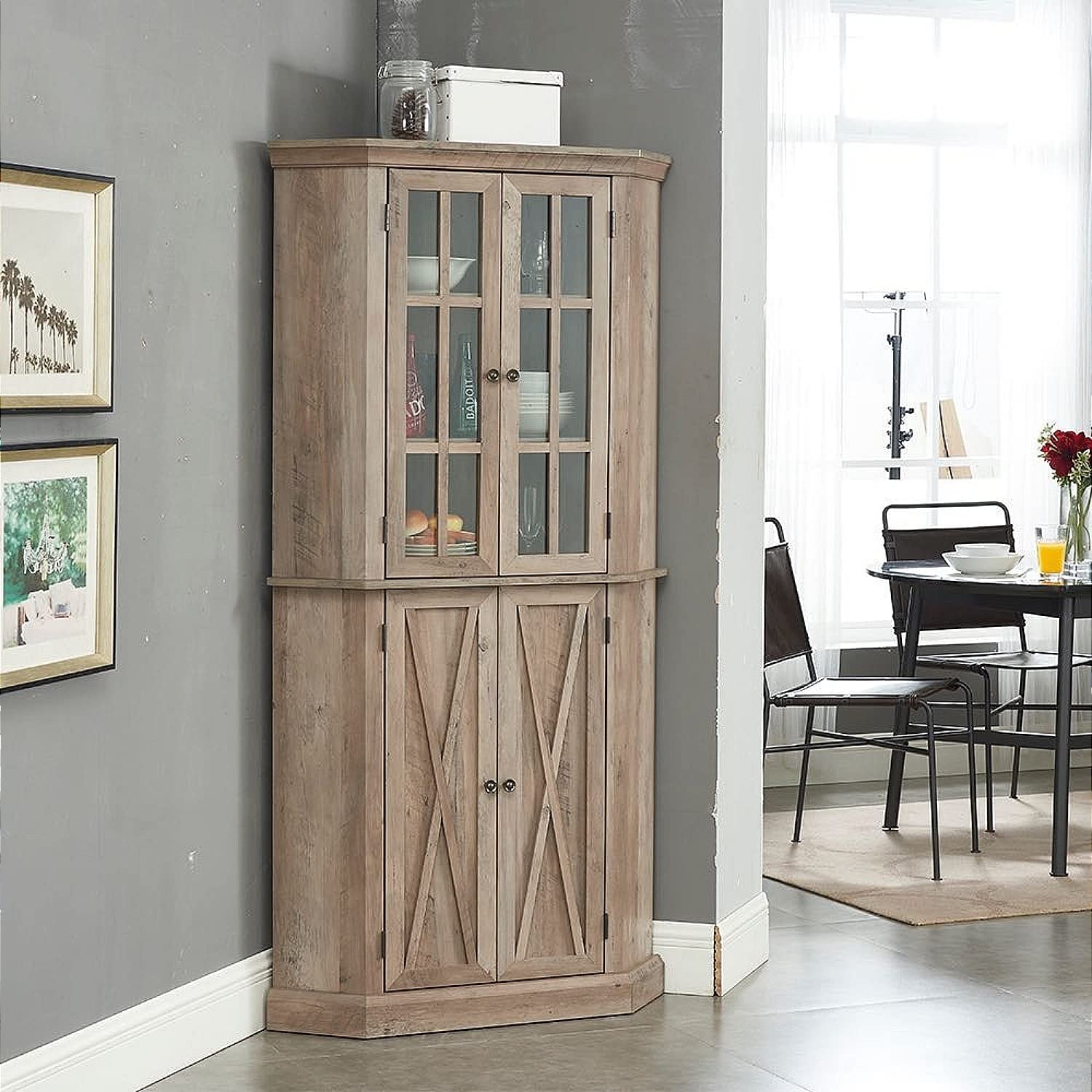
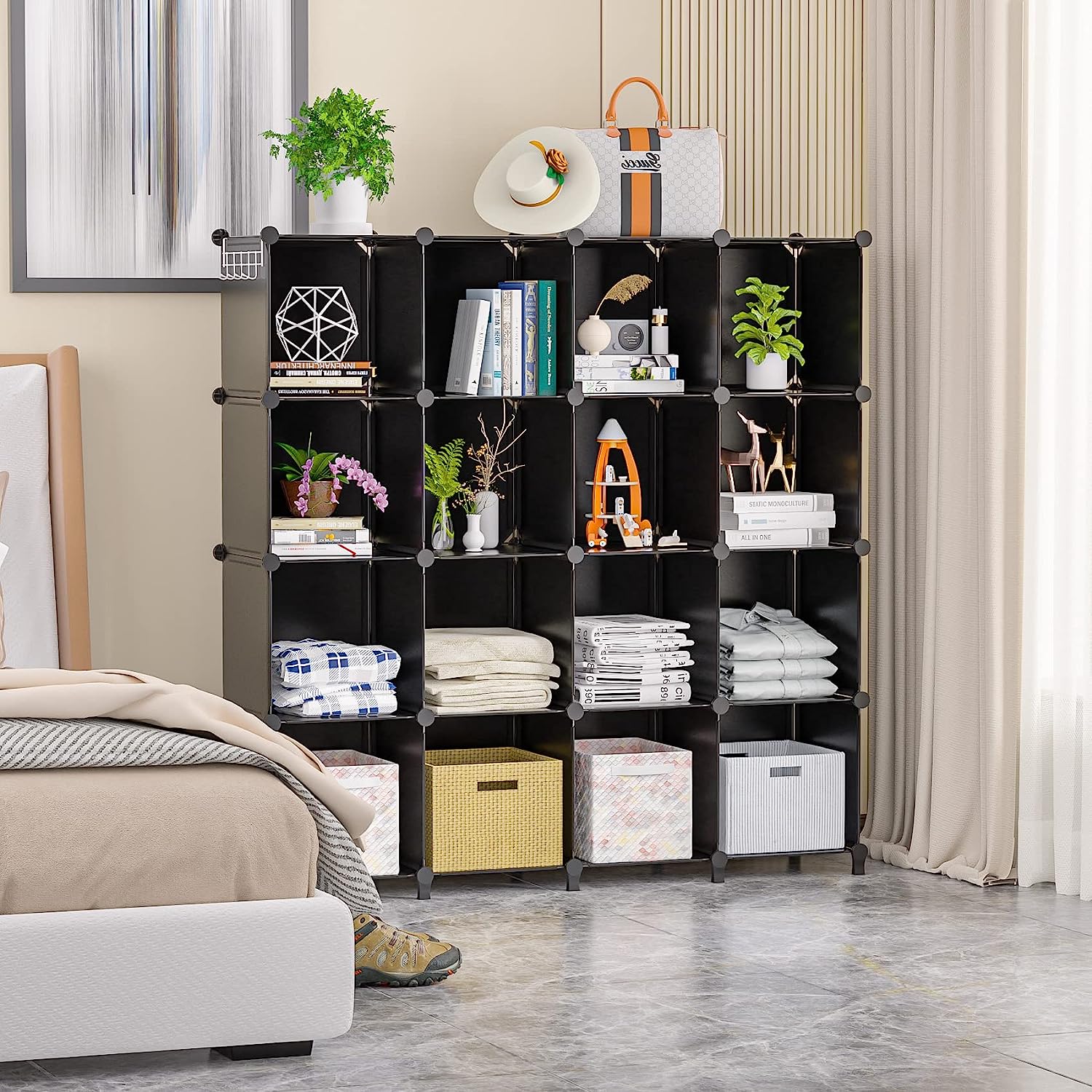
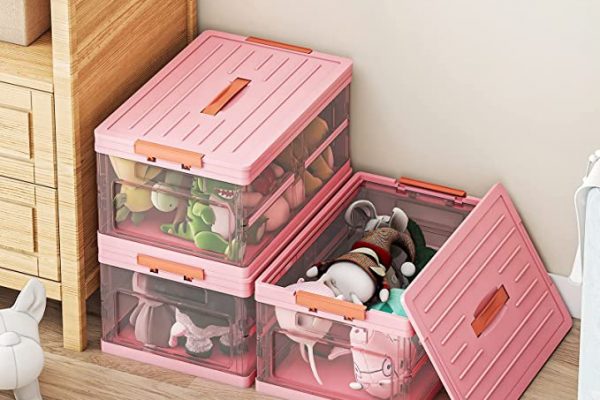
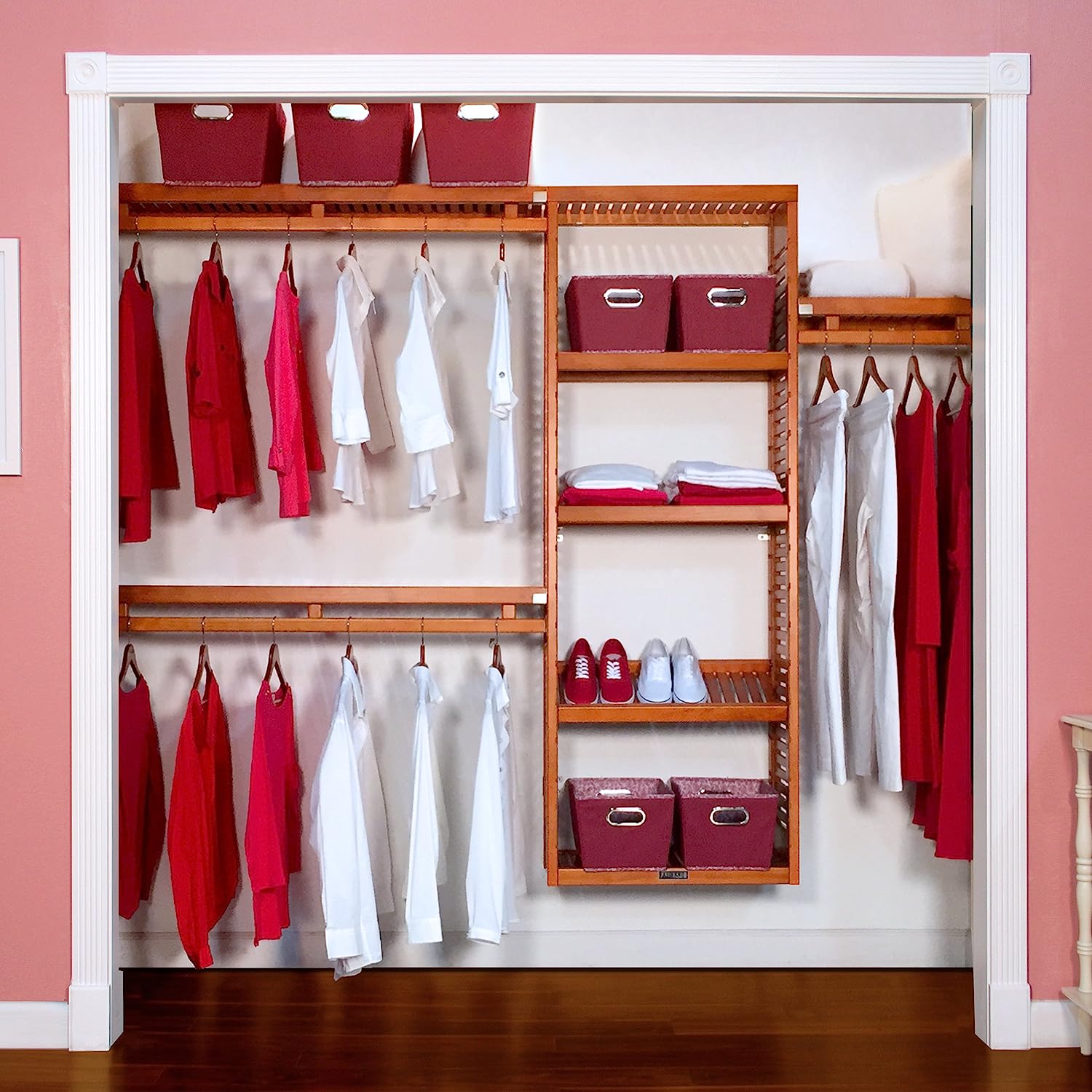
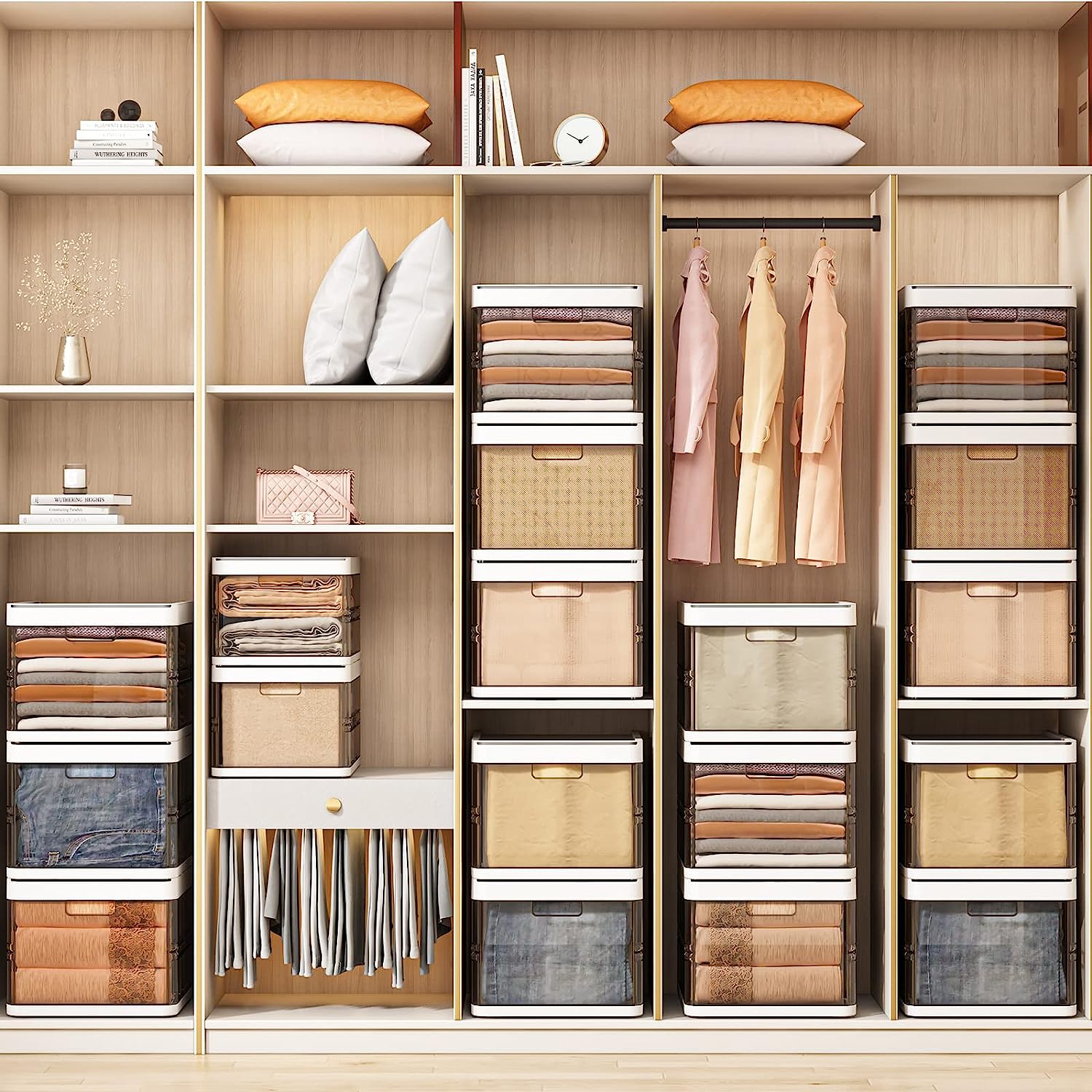
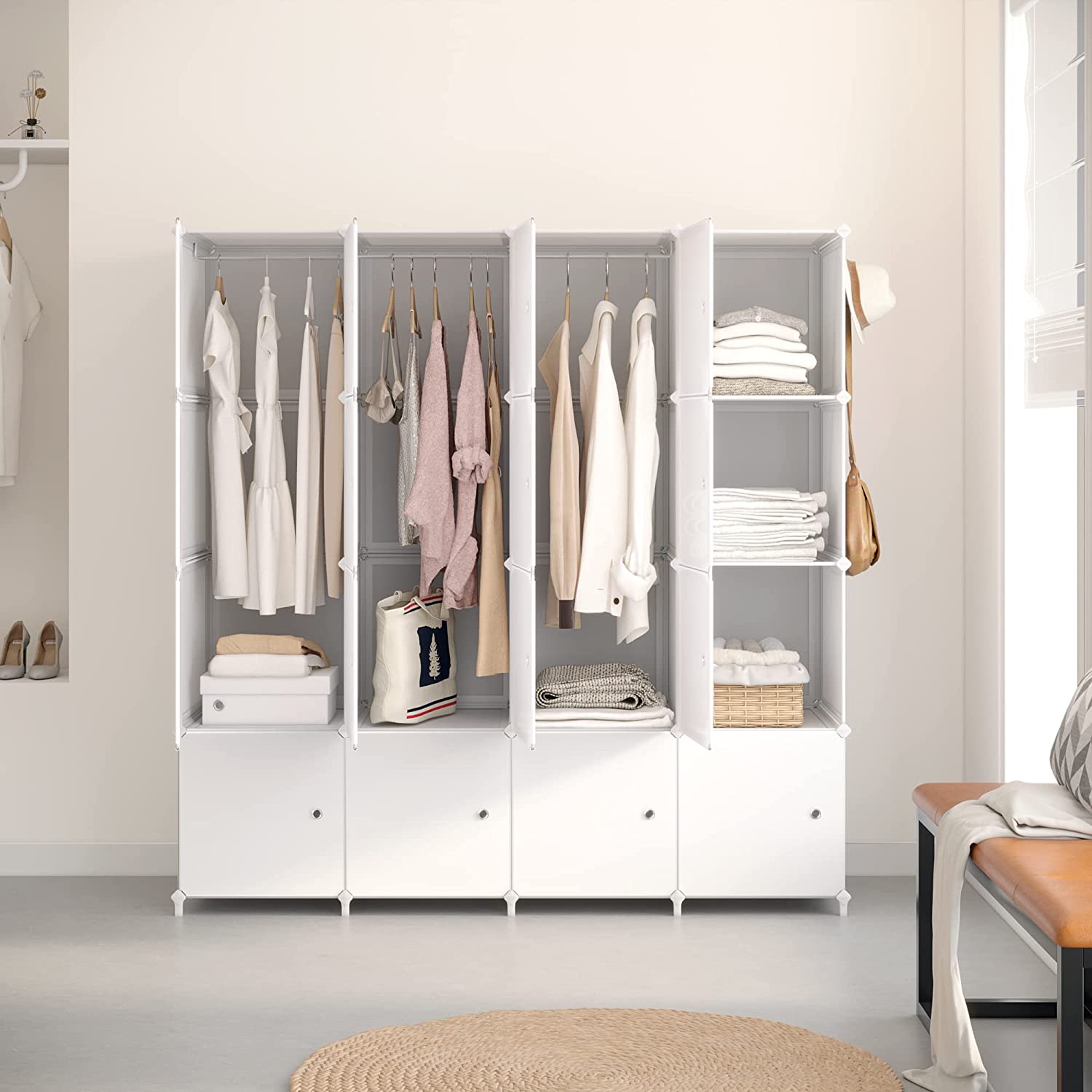
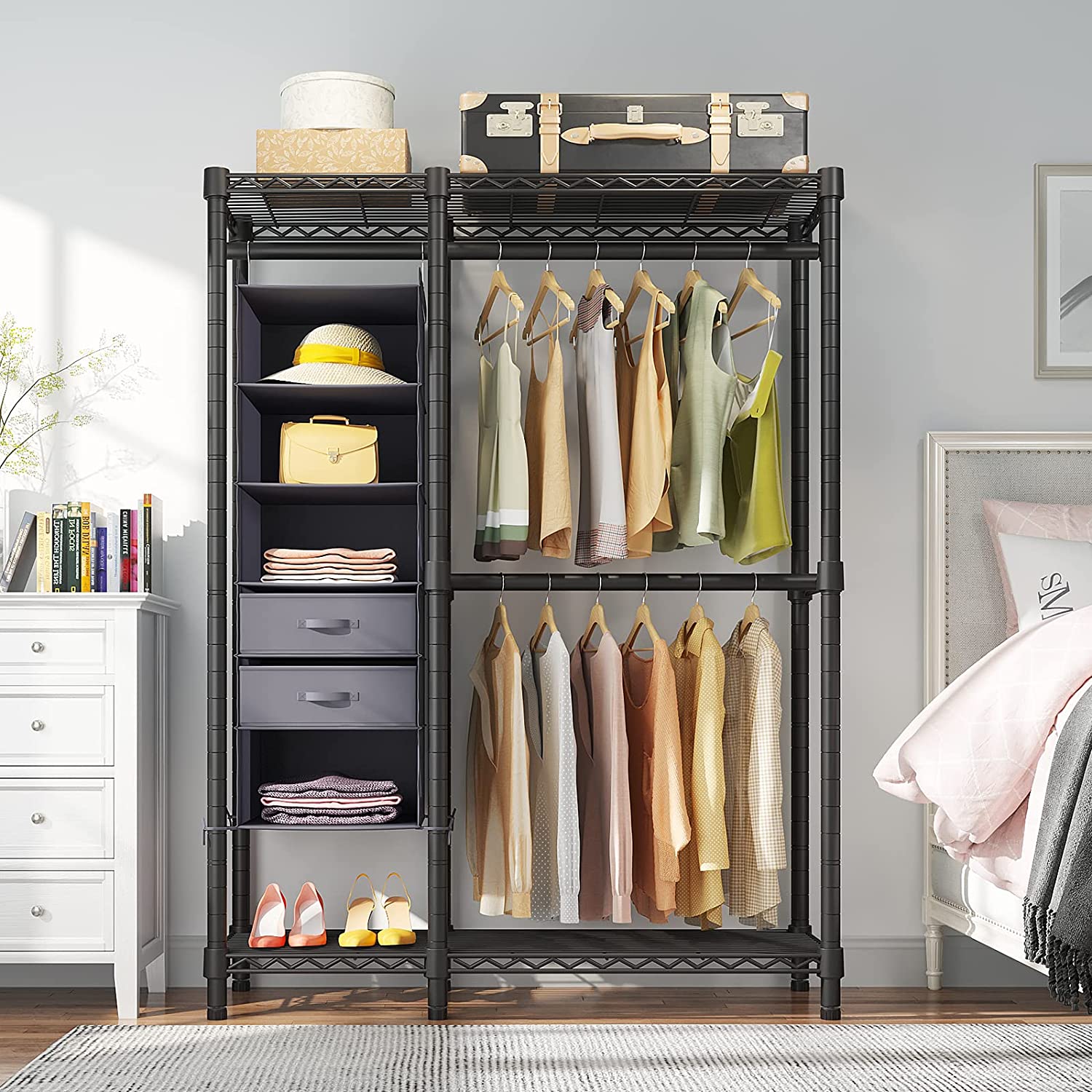

0 thoughts on “How To Organize A Storage Unit”